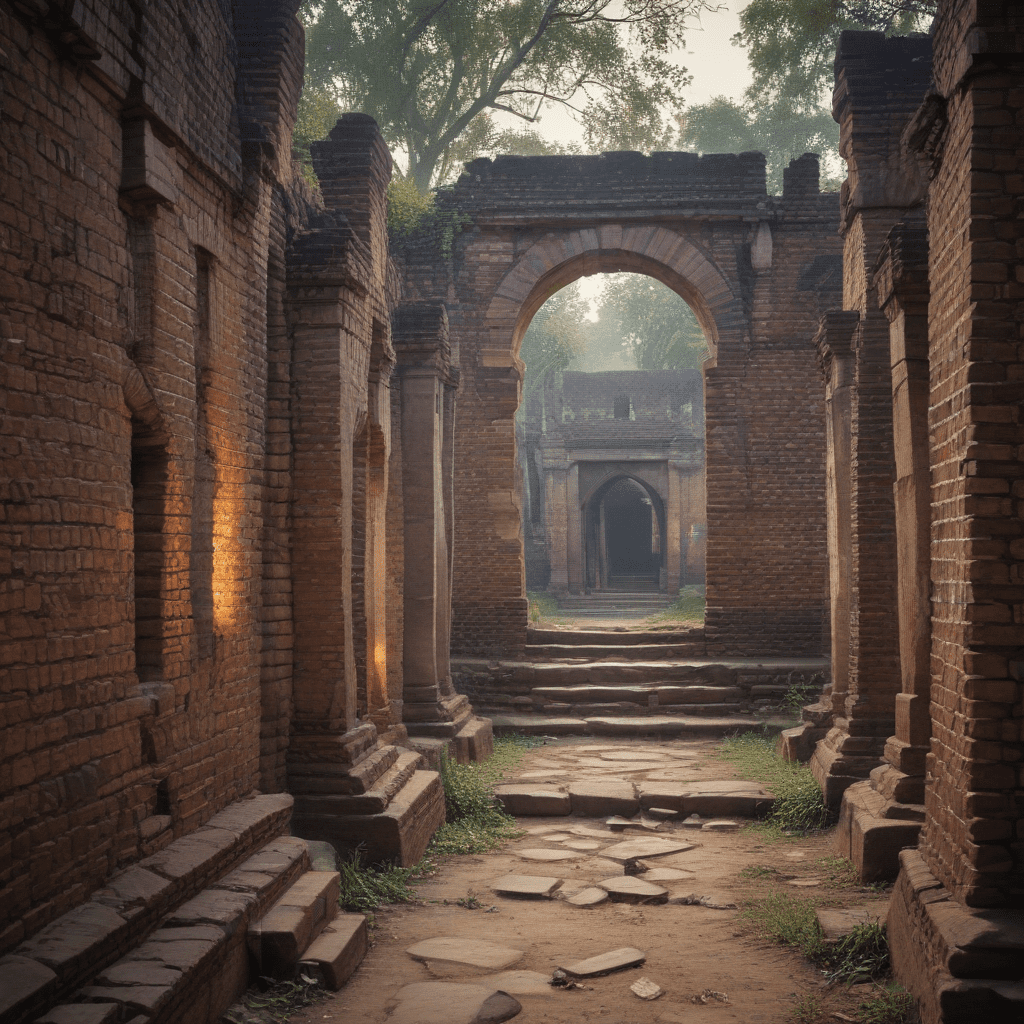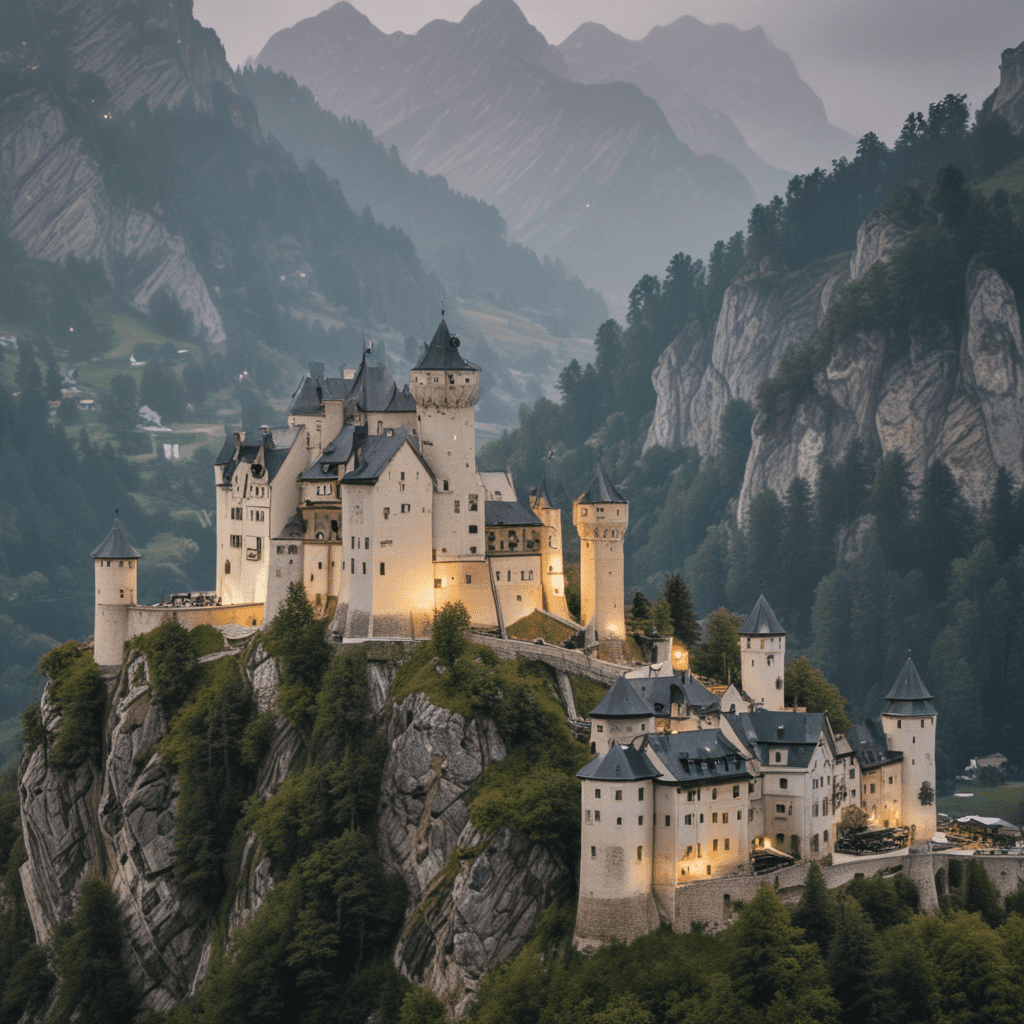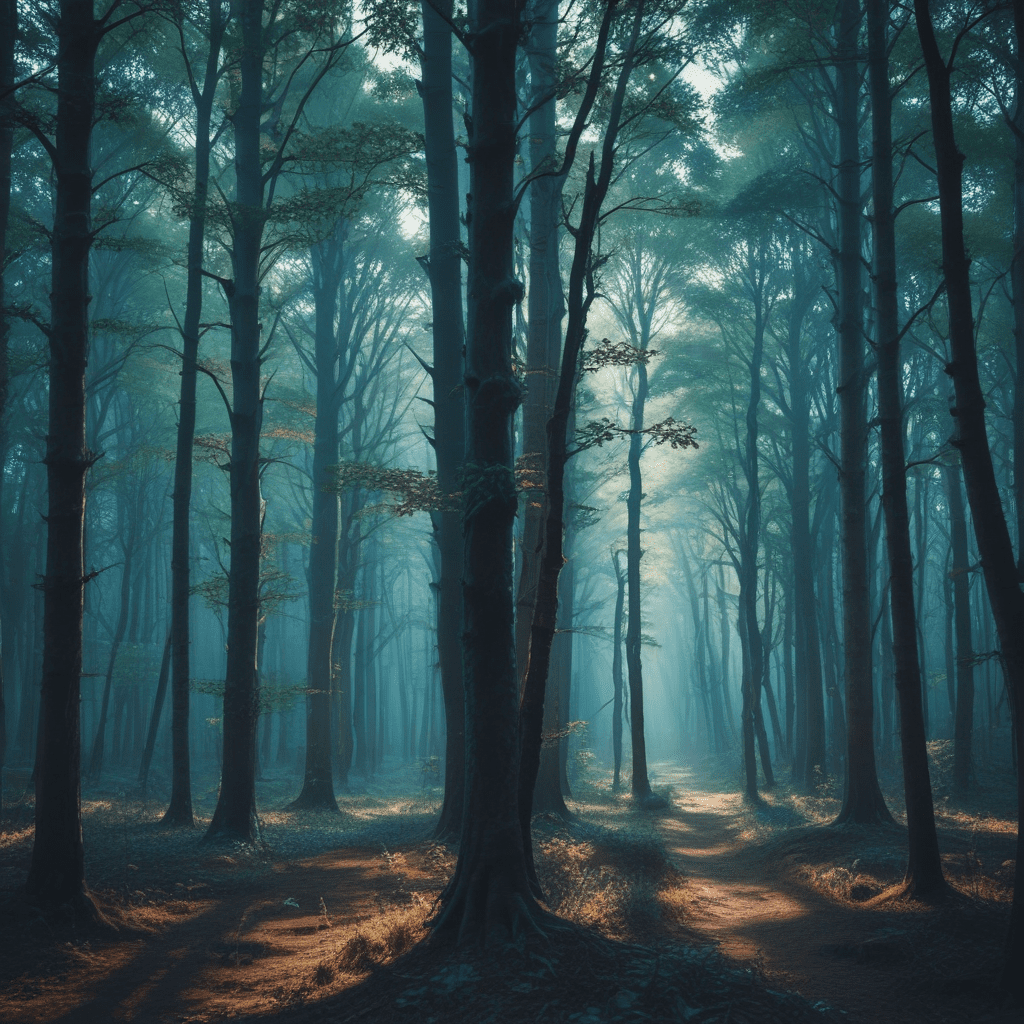Exploring the Ancient Ruins of Mahasthangarh, Bangladesh
1. Introduction: The Significance of Mahasthangarh
Nestled on the banks of the Brahmaputra River in northern Bangladesh, Mahasthangarh stands as a testament to the rich cultural heritage of the region. This ancient city, dating back to the 3rd century BCE, holds immense significance as the earliest urban center in present-day Bangladesh and a pivotal gateway to the Indian subcontinent.
2. Historical Background: The Roots of Ancient Pundravardhana
Mahasthangarh emerged as the capital of the ancient kingdom of Pundravardhana, one of the major political and cultural centers of the eastern Indian subcontinent. Over centuries, it witnessed the rise and fall of various dynasties, including the Mauryas, Guptas, Palas, and Senas, each leaving its unique mark on the city's development.
3. Archaeological Excavations: Uncovering Layers of History
Extensive archaeological excavations conducted at Mahasthangarh have unearthed a wealth of artifacts, structures, and inscriptions, shedding light on the city's diverse past. These discoveries have revealed the presence of a sophisticated urban civilization with intricate social, economic, and religious practices.
4. The Fortified City: Defensive Walls and Moats
Mahasthangarh's strategic location necessitated the construction of robust defensive fortifications. The city was protected by massive earthen ramparts and moats, forming an imposing barrier against invaders. These fortifications played a crucial role in safeguarding the kingdom's political and economic stability.
5. Religious Structures: Temples and Stupas
Mahasthangarh was a vibrant center of religious activity. Excavations have uncovered numerous temples, stupas, and other religious structures, showcasing the diversity of beliefs and practices within the ancient city. These sacred spaces bear witness to the deep spiritual traditions of the region's inhabitants.
6. Daily Life: Residential Areas and Marketplaces
Beyond its defensive walls, Mahasthangarh thrived as a bustling hub of daily life. Excavations have revealed residential areas, marketplaces, and other public spaces, providing glimpses into the daily routines and social interactions of the city's inhabitants. These discoveries shed light on the vibrant social fabric and economic activities that shaped urban life in ancient Pundravardhana.
7. Economic Activities: Trade and Commerce
Mahasthangarh's strategic location at the crossroads of trade routes made it a thriving center of commerce. Archaeological evidence suggests a wide range of economic activities, including agriculture, trade, and manufacturing. The city's marketplaces were bustling with merchants and artisans, facilitating the exchange of goods and ideas from across the region.
8. Cultural Influences: Reflections of Diverse Civilizations
Mahasthangarh's rich cultural heritage is a testament to the diverse influences that shaped the region. Excavations have revealed artifacts and architectural styles influenced by both Indian and foreign cultures, reflecting the city's position as a gateway to the Indian subcontinent. These influences are evident in the city's art, architecture, and religious practices.
9. Conservation and Preservation: Protecting the Legacy
Recognizing the immense historical and cultural significance of Mahasthangarh, the Bangladesh government has taken significant steps to conserve and preserve the site. The ancient city has been designated as a protected archaeological zone, and ongoing efforts are underway to safeguard its structures and artifacts for future generations.
10. Conclusion: Mahasthangarh as a Window into the Past
Mahasthangarh stands as a testament to the enduring legacy of ancient Bangladesh. Its ruins offer a glimpse into the rich cultural heritage, economic vitality, and strategic importance of this ancient city. As a window into the past, Mahasthangarh continues to captivate visitors and scholars alike, fostering a deeper understanding of the region's complex and fascinating history.
FAQ
Q: What period does Mahasthangarh belong to?
A: Mahasthangarh dates back to the 3rd century BCE, reaching its peak during the Gupta period.
Q: What is the significance of Mahasthangarh?
A: Mahasthangarh is the earliest urban center in present-day Bangladesh and was a major political and cultural hub of the ancient kingdom of Pundravardhana.
Q: What are the key features of Mahasthangarh?
A: Mahasthangarh is known for its defensive fortifications, religious structures, residential areas, and bustling marketplaces, showcasing the city's diverse functions.
Q: How can I visit Mahasthangarh?
A: Mahasthangarh is easily accessible from major cities in Bangladesh. Guided tours are available to enhance the visitor experience.
Q: What are the best times to visit Mahasthangarh?
A: The best time to visit Mahasthangarh is during the winter months (November to March) when the weather is pleasant and suitable for exploring the ruins.


